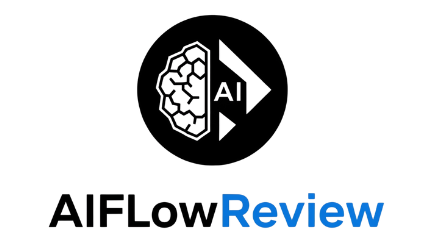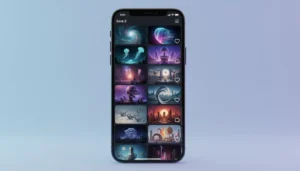The Wikipedia traffic decline continues. In 2025, the traffic decline saw human pageviews fall about 8% year over year, and that drop sits inside a bigger three-year slide. Since early 2022, daily visits are down roughly 23%, from about 165 million to under 128 million. Unique monthly visitors have slipped about 16.5%, which works out to around 228 million fewer people each month.
Generative AI chatbots and AI results in search often answer questions without a click, and younger users spend more time in social media. If you care about open knowledge, citations, and SEO for the open web, this matters. As Marshall Miller, I will break down what changed, why it matters, and how to adapt content and SEO for an AI-first web.
You can see this shift discussed in recent reporting on how AI summaries and social video are cutting into Wikipedia’s visits, such as TechCrunch’s coverage of the traffic decline.
What the 8% drop in Wikipedia traffic means right now
 Photo by Sanket Mishra
Photo by Sanket Mishra
The numbers point to a clear pattern. Wikipedia’s Bot detection update improved bots detection systems for filtering automated hits, so 2025 figures describe real people, not bots. That is why the 8% decline in human pageviews is a sharp and meaningful signal. The bigger three-year fall shows user behavior shifts in how we get answers, not a single bad month.
Here is how to think about the metrics:
- Pageviews are total article views, which track interest in specific pages.
- Daily visits represent sessions, which show how often people come back each day.
- Unique monthly visitors reflect how many different people arrive in a month.
Together, this traffic data tells a consistent story: fewer people are clicking from search or other sources to read full entries, even when they still want facts. The Wikimedia Foundation’s own posts have pointed to generative AI and social video as the main drivers, a pattern you can see echoed in the foundation’s analysis of new user trends on Wikipedia.
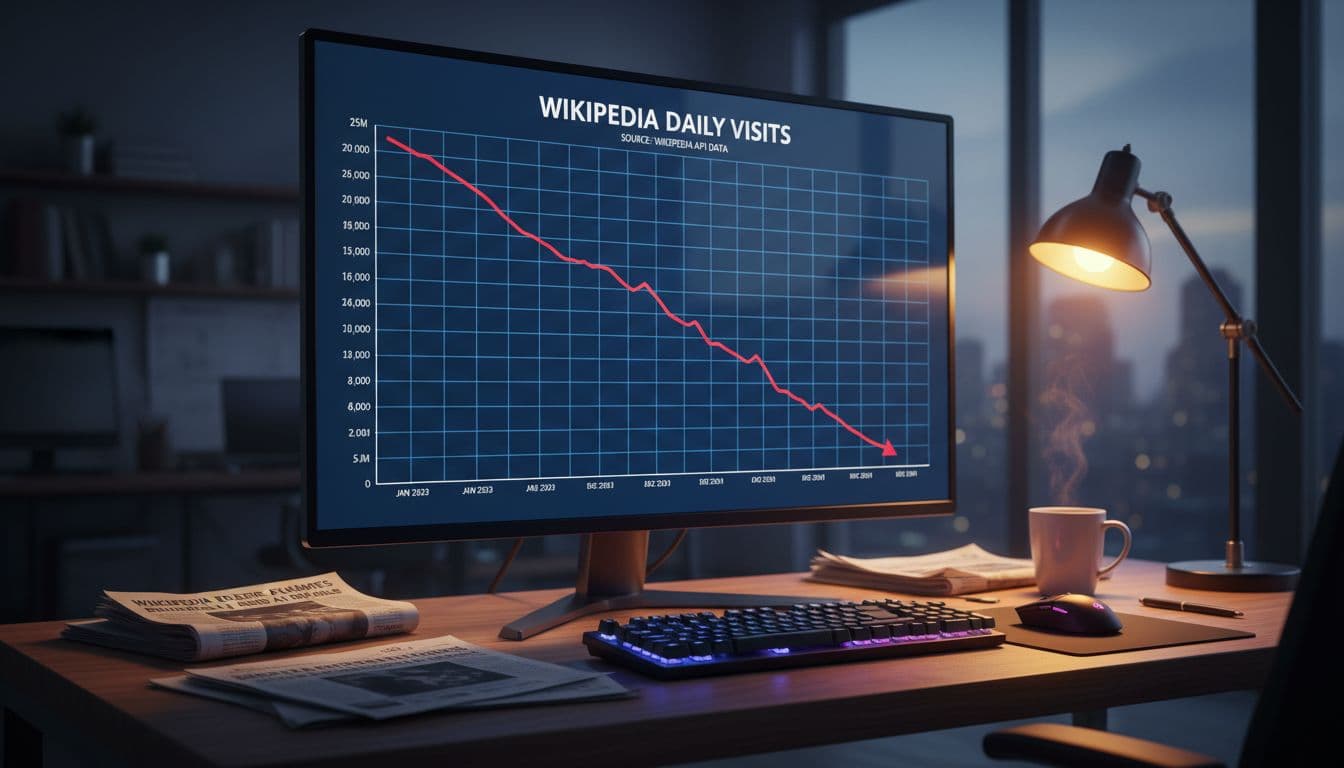 Image created with AI.
Image created with AI.
Key numbers at a glance
- 8% year-over-year drop in 2025 for human pageviews, after better bot filtering
- About 23% fall in daily visits from March 2022 to March 2025, from over 165 million to under 128 million
- Around 16.5% fewer unique monthly visitors in that period, roughly 228 million fewer people per month
- Why it matters: fewer clicks mean fewer eyes on important sources and less reach for citations
Recent coverage summarizes the core trend well, including reports that AI overviews are reducing clicks to reference sites; see PCMag’s report on how AI-generated summaries are hurting Wikipedia’s traffic.
How this trend unfolded since 2022
The slide started as AI chatbots and AI search features spread into daily use. When search engines and chat tools show the answer on the page, many users do not open a new tab.
The effect is strongest for queries where AI can produce quick summaries, like definitions, basic timelines, or simple how-tos. For these, the perceived value of clicking through drops, even when the source is excellent.
At the same time, usage gravitated to fast formats. Short clips, quick summaries, and threaded answers won attention, often without a visit to the source. Coverage across tech media has described the shift, including Gizmodo’s look at AI’s impact on Wikipedia’s human traffic.
Why this matters for readers, teachers, and donors
Lower clicks mean fewer people see full context, footnotes, and talk pages that explain how Wikipedia content got built. Students and casual readers may miss nuance that is hard to compress into two lines of summary. For a donation-backed project, less traffic can also pressure fundraising from individual donors if the trend continues.
There is a ripple effect on reference links and expert citations too. If fewer people visit the source, fewer will follow the chain of references that build trust in public knowledge. Some analysts have tracked how AI platforms attract more visits than Wikipedia for the first time, a shift covered alongside broader AI usage trends by outlets like Decrypt on AI answers eating into the free encyclopedia’s traffic.
Why AI answers are stealing clicks from Wikipedia
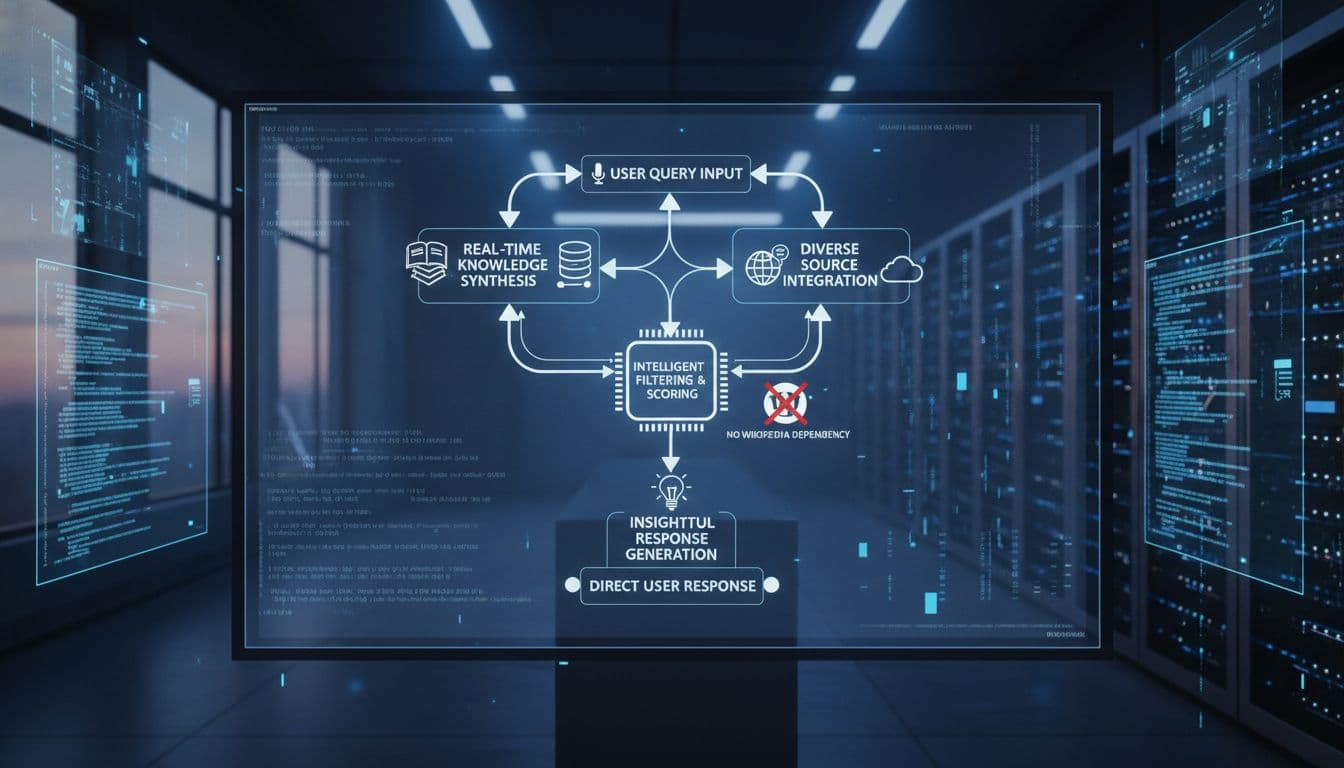 Image generated by AI.
Image generated by AI.
The pipeline is simple. A user asks a question, large language models (LLMs) retrieve and synthesize facts, and the interface presents a short answer with cited sources. That experience reduces friction. It also reduces the need to visit a long article for a short fact.
And it is not only chat. Search engines now include summaries for many queries, while social video serves rapid explainers. The combined effect is fewer blue-link clicks, even as information needs remain high. For a recent overview of these dynamics, TechCrunch reported on Wikipedia’s traffic drop tied to AI summaries and social video.
Chatbots give instant summaries from similar sources
Tools like ChatGPT pull from public sources via data scraping, then compress. If the answer is concise and feels sufficient, many users do not click through. That does not mean the underlying article is less useful. It means the path from question to answer is short.
Some outlets have noted that content written in a chatbot-like style can dampen clicks too, because it feels redundant once you have a summary. The core issue is convenience. When the briefing is right there, the extra step often vanishes. PCMag’s story on AI summaries and reduced Wikipedia traffic aligns with what many SEOs are now seeing on knowledge queries.
Search now answers on the page, not just with blue links
AI overviews and rich results provide direct answers with definitions, dates, and facts inside the results page. Zero-click behavior is when a search is answered without the user visiting any result.
This speeds up simple tasks for Google users, but it cuts into referral traffic to reference pages, which contributes to the Wikipedia traffic decline. Example: search “What is PageRank?” and you might see a summary card with a one-sentence definition and a few citations without scrolling.
Gizmodo’s recap of AI shrinking human visits to Wikipedia matches the zero-click pattern site owners report.
Short video and social search change habits
Younger users often search inside apps like YouTube and TikTok. They consume quick explainers and do not always need a link out. Those formats satisfy curiosity faster, which is great for speed but reduces demand for long-form browsing.
Add AI on top, and many simple questions resolve before a click happens. As Decrypt outlined in its take on AI answers eating into Wikipedia’s visits, the feeds where people spend time are now doing more of the answering. These platforms with generative answers are attracting huge traffic in the process.
Part of a broader web traffic slide
This is not only a Wikipedia story. Many information sites report fewer clicks as AI and walled social platforms answer questions inside their own experiences. It is a system-level shift in how people find facts. Wikimedia’s own updates have pointed to the same trend, such as its explainer on new user behavior and the rise of AI.
How I would adapt content and SEO for an AI-first web
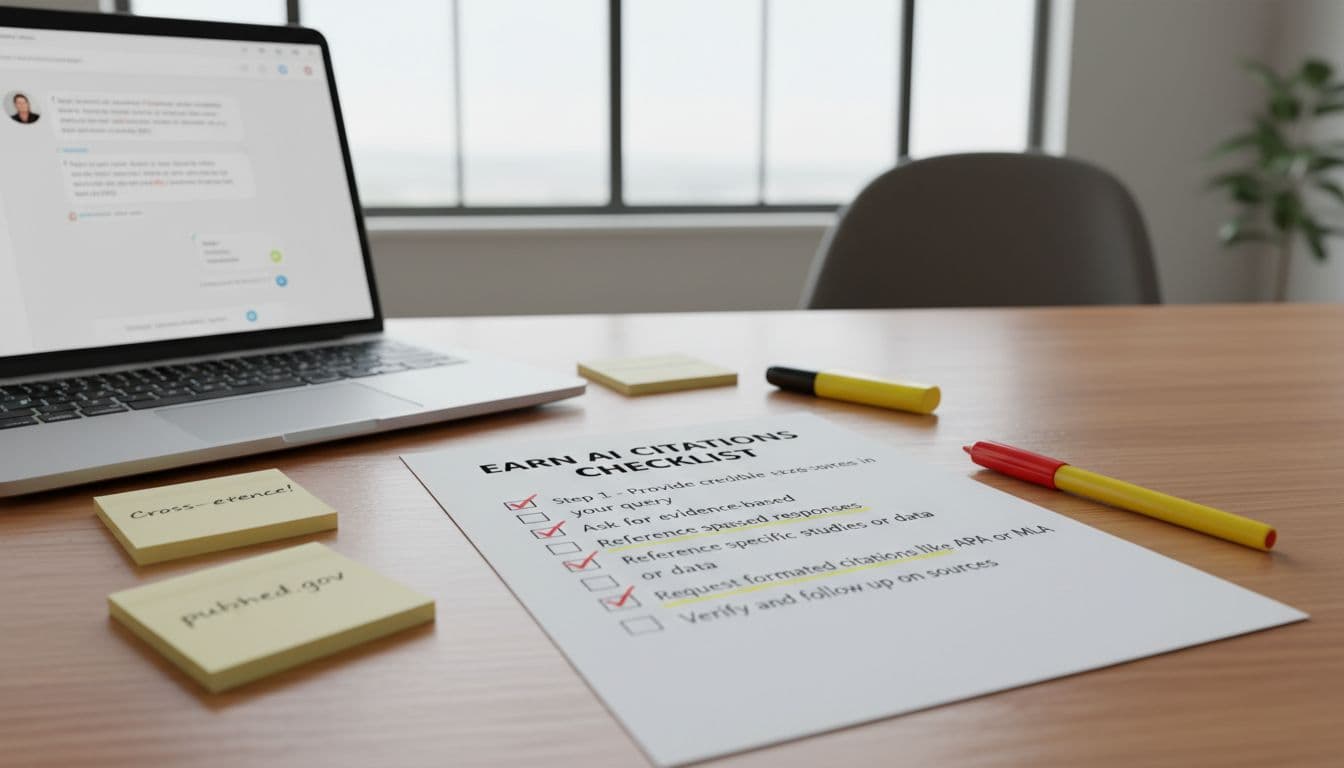 Image generated by AI.
Image generated by AI.
My goal is simple. Help content earn citations inside AI answers, even when fewer people click. I also track wikipedia traffic for context and refresh content to stay current.
For deeper context on how generative AI chatbots work, I often point readers to this primer on What is an AI chatbot?. It pairs well with the tactics below.
Optimize for answer engines, not just blue links from search engines
- Lead with a clear, one-sentence definition near the top
- Add structured data (FAQ, HowTo, Article) to mark up facts
- Show sources and dates near claims, preferably inline
- Keep an executive summary tight, scannable, quotable, and distinct from AI-generated content to avoid redundancy
- Include FAQ blocks that mirror People Also Ask wording
- Update freshness on key stats and timelines quarterly
- Highlight expert input, methods, and limitations
If you are exploring AI-driven content workflow improvements, my review of Frase AI SEO content tool covers features that help teams build cleaner briefs and on-page structure.
Make your work easy to cite inside AI models
- Use consistent canonical URLs across versions
- Keep titles and anchors clean, stable, and descriptive
- Provide machine-readable metadata, including author and date, to structure facts like Wikipedia content
- Include clear licensing or citation guidance
- Stabilize section headings to support deep links and anchors
When models or answer engines can map facts to a neat source, attribution rates go up. That benefits readers and helps keep credit with the original.
Content Creation: Publish what AI cannot replace easily
- Original data, benchmarks, and field tests
- Hands-on product reviews with photos and metrics
- Interviews with experts and practitioners
- Calculators, interactive tools, and live demos
Unique evidence creates a reason to visit in a zero-click world. As one report put it, platforms with generative answers attract huge traffic, while reference sites face headwinds, a pattern TechCrunch’s piece on AI summaries and social video again captures.
Measure success beyond clicks
- Mentions or citations inside AI answers for key queries
- Share of answer coverage in AI overviews for target topics
- Log-file signals of AI crawlers and their hit patterns
- Engagement depth on pages that still earn visits
- Quarterly content refresh rate and impact on citations
I review early results after 1 to 2 weeks in Google Analytics, then plan updates at 3 to 6 months with new details or keywords to protect rankings. Media reports have logged how traffic from search dipped in 2025, such as PCMag’s note that Google traffic fell in May and June, which is a useful yardstick when interpreting your own trend lines.
Where this leaves us
An 8% yearly dip in human pageviews is a clear sign that AI is changing how we access facts, and the larger three-year decline confirms a steady shift. Faster answers help many people finish tasks quickly. The tradeoff is fewer clicks, which can hide context and reduce support for open knowledge.
I think the way forward is collaboration between the Wikimedia Foundation, search engines, and AI teams, with volunteers driving knowledge projects and community support, plus better accountability through an attribution framework, clear links, and funding models that reward source quality. This approach can enhance information access while shaping a positive future state of knowledge.
Keep publishing clear, verifiable, and useful content that maintains content integrity, earns mentions inside AI answers, and serves as a reliable information source for the open web, and keep your refresh schedule tight so you stay part of the conversation.
